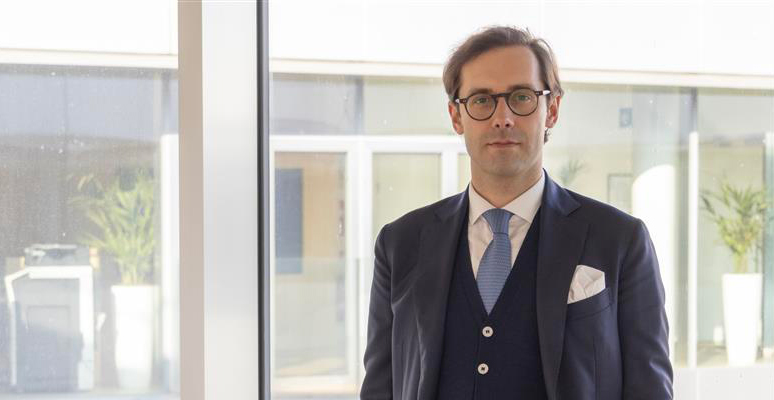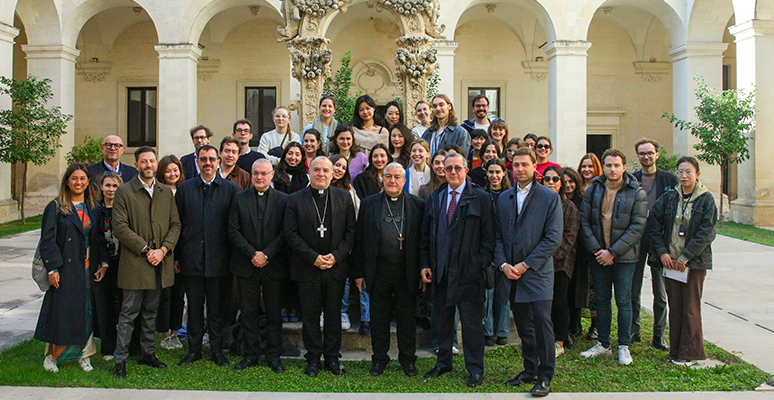Arts and entertainment/Phase2: why recovery will be slower for theaters than museums
THREE THEATERS OUT OF 4 HAVE RESORTED TO SOCIAL SHOCK ABSORBERS, AND HAD TO DISSOLVE CONTRACTS WITH SUPPLIERS AND ACTING COMPANIES. THE IMPACT OF THE PANDEMIC HAS BEEN LESS DRAMATIC ON MUSEUMS. THIS IS WHAT EMERGES FROM A RESEARCH LED BY SDA BOCCONI’S ANDREA RURALE, POINTING OUT IT IS HIGH TIME TO RETHINK THE SECTOR’S BUSINESS MODEL.
76.5% of theaters have resorted to social shock absorbers, against (an albeit important) 48.7% of museums. A very different share, witnessing great disparity among cultural institutions, even if all have faced the same harsh conditions. And recovery prospects are not the same either.
The evidence emerges, among others, in a SDA Bocconi Arts and Culture Knowledge Centre’s research led by Andrea Rurale. Researchers studied a sample of museums (municipality museums, regional museum centers, galleries, independent national museum foundations) and theaters (symphonic opera foundations, traditional theatres, independent theater associations) from 20 April to 12 May 2020.
“Recovery of activities will be easier in museums”, says Andrea Rurale. “Social distancing is hardly imaginable in theater halls, both for the audience (half the seats would be empty) and the actors, who could only stage monologues. Works of art are already present and on show in museums, which can limit the number of visitors and predefine guided pathways in the various halls. Besides audiences, theaters need to interact with managers and artists, instead”. Strong data supports this idea: 73.5% of theaters have dissolved, or plan to dissolve, contracts due to force majeure, against 17.9% of museums.
“Both have suffered from loss of revenue (ticket sales and sponsorships)”, Rurale explains, “but museums often benefit from the fact that their employees are paid by the government, while almost all theaters have to remunerate their staff”. We should also not forget a (substantial) number of people, i.e. zero-hours contract workers like ushers and tourist guides, who have been excluded from early Covid social shock absorbers.
Both museums and theaters have constantly be active on social media, posting content from their archives to create storytelling (77% of sample) and contents for children and young audiences (65%); but these are totally free. This does nothing but highlight how uncertain the present business model is, excessively relying on revenue from tickets and sponsorships (the latter actually focusing almost entirely on health in this period). “The Italian system sits in unstable balance, based on government funds as the main source of financing for theaters”, Rurale underlines, “on private sponsorships (which are often short-term), and ticket office income. Our research points at the need for a medium to long period strategic approach, and a longer-term planning not only of theaters’ seasons but of other activities as well”.
SDA Bocconi School of Management
MAMA turns 10: a conversation with new ...

Shaping the Future Leaders of Arts ...




